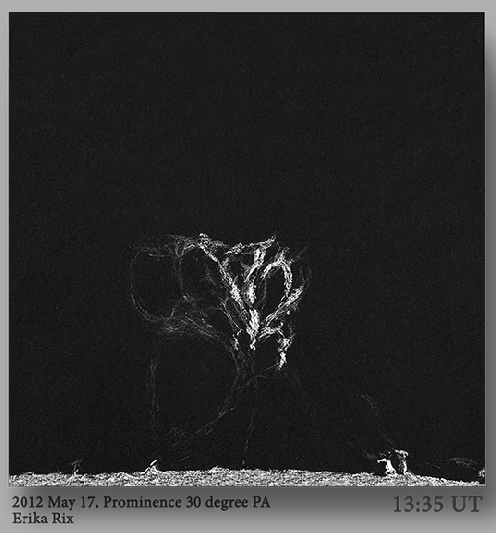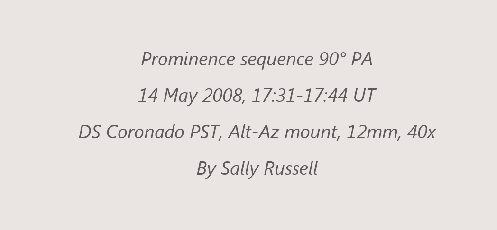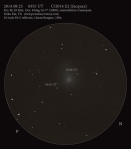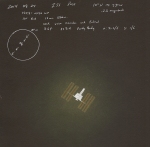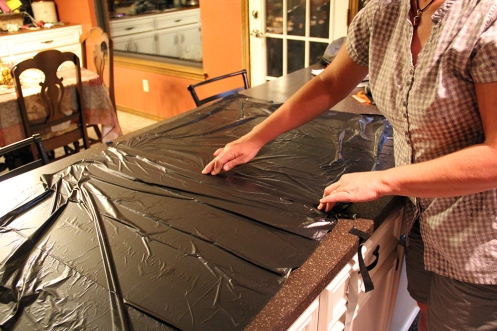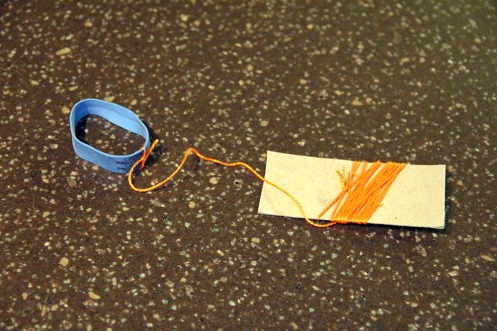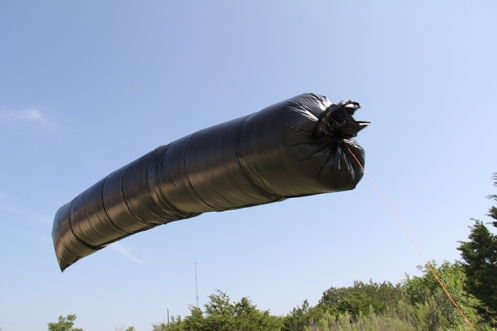The Astronomical League is a valuable resource and provides numerous observing programs for their membership to encourage an interest in astronomy. Just last year, they added the Sketching Observing Program to the list, helping members to hone their observing skills by rendering the eyepiece views.
In addition to the observing programs, they have special yearly awards to recognize members “who have advanced the goals of the Astronomical League.” It’s just been revealed that, thanks to the generosity of Astronomics, a new addition has been added to the awards — one aimed for astronomical sketching!
“This award recognizes the remarkable work of sketchers who patiently depict what appears in the eyepiece.”
“The folks at Astronomics, http://www.astronomics.com, have generously agreed to sponsor this award because they recognize the value in taking time to explore and understand our night sky. Thank you, Astronomics!”
1st place winner will receive $250 and a plaque
2nd place finisher will receive $150
3rd place finisher will $75
Make sure to check out the AL’s Astronomics Sketching Award webpage for eligibility requirements and rules. You must be a member of the Astronomical League to enter a submission. Also, you don’t need to be an artist to sketch at the eyepiece! The Cloudy Nights members are more than happy to help you get started in the Sketching forum.
So what are you waiting for? Grab those pencils and submit your entry. Good luck!
(And as a personal note from this astro sketcher, thank you, Astronomics!)




